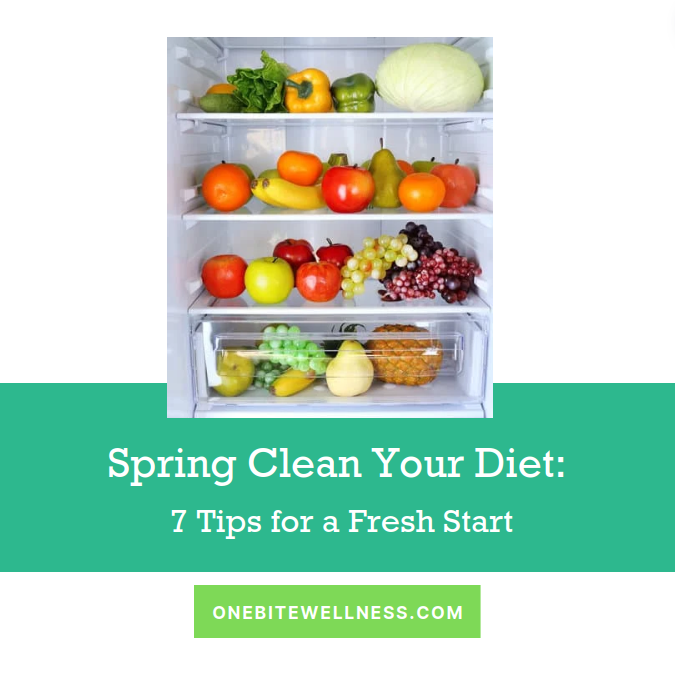Buckle up, friends! We’re diving into the world of boundaries – those invisible yet crucial lines that define our space and protect our well-being. Whether you’re a seasoned boundary builder or just starting to explore this concept, this guide is here to support you on your journey to creating healthy boundaries that honor your needs and values.
Don’t expect this to happen overnight. Creating and maintaining healthy boundaries is a process that requires on-going self-awareness, assertiveness, and self-care. By understanding the factors that influence your boundary style and implementing practical strategies, you can build boundaries that protect your well-being and enhance your relationships.
Why are Healthy Boundaries Important?
We often say this, because it’s true: you can drink all the green smoothies in the world but if your emotional and mental health are neglected, you won’t be a whole, vibrant person. In short, healthy boundaries will help you avoid health issues and burnout while providing many benefits to your life. Let’s explore further.
Understanding Permeable Boundaries
Ever feel like your boundaries are as sturdy as a sandcastle at high tide? You’re not alone. Permeable boundaries, or boundaries that are too porous and easily crossed, can stem from various factors, including:
Trauma: Experiences of trauma can erode our sense of self and blur the lines between ourselves and others. When our boundaries have been violated, it can be challenging to rebuild them. For example, someone who has experienced emotional or physical abuse may easily succumb to messages of guilt or shame such as “why can’t you be more like your sister? She always helps me”. It could also look like giving up your own need to rest or plans for a fun trip with friends when your parent decides one of their tasks is more important and says “I know you’re busy, but I can’t do it alone and need your help. I don’t know what I’m going to do if I can’t count on my own daughter.” There is often a struggle to recognize and assert one’s own needs and feelings.
Family Systems: Our family dynamics play a significant role in shaping our boundary styles. Growing up in an environment with boundaries that were either too rigid or too loose can affect how we set limits as adults. For example, a person raised in an enmeshed family where there were no clear boundaries between family members may have difficulty setting boundaries with others in adulthood. A family system which included narcissistic and co-dependent parents, alcoholism, scapegoated or ‘golden’ children (or other forms of dysfunctionality) can very much influence how you live your life decades later, including an inability to say ‘no’ or to put others needs first. Which leads into…
People-Pleasing: Some of us are wired, through our family systems, to prioritize others’ needs and feelings over our own, leading to blurred boundaries in an effort to keep the peace or gain approval. Someone who is a chronic people-pleaser may have difficulty saying “no” and setting limits with others, only to suffer burnout and health issues.
Why Healthy Boundaries Matter
Boundaries are essential for several reasons:
- Protecting Your Energy: Healthy boundaries protect your time, emotions, and physical space as well as your mental health, helping you avoid burnout and overwhelm.
- Maintaining Relationships: Boundaries help define expectations in relationships, reducing misunderstandings and conflicts.
- Preserving Self-Identity: Boundaries help you maintain a sense of self, separate from others’ expectations and demands.
The Consequences of Blurred Boundaries
Not having good boundaries can lead to a variety of negative consequences, including:
- Burnout and Lack of Self-Care: Constantly saying “yes” to others’ demands and requests can lead to physical, emotional, and mental exhaustion. Neglecting your own needs in favor of others can lead to poor self-care and health issues.
- Health Issues: Boundary blurring can lead to increased stress, anxiety, and even physical health issues like high blood pressure and compromised immune function.
- Resentment: Feeling like your boundaries are constantly being crossed can lead to feelings of resentment towards others.
Setting Healthy Boundaries
Building healthy boundaries is like constructing a sturdy fence – it takes time, effort, and the right tools. Here are some tips to get you started:
- Know + Respect Thyself: Understanding your values, needs, and limits is crucial for setting boundaries that align with who you are.
- Practice Assertiveness: Learn to assert your needs and communicate your boundaries clearly and respectfully.
- Set Limits: Identify areas of your life where you need to set boundaries and be clear about what behavior is and isn’t acceptable to you.
- Seek Support: Building boundaries can be challenging, so seek support from a therapist, coach, or supportive friends who can help you navigate this journey.
Remember, setting boundaries is not about building walls or shutting others out. It’s also not just about protecting yourself – it creates clear guidelines for how you want to be treated and how you will interact with others. Boundaries are an essential part of self-care and self-respect, and by setting and maintaining them, you are taking an important step towards living a more balanced and fulfilling life.
So, take some time to reflect on your boundaries, identify areas where you need to set limits, and practice assertiveness in communicating your needs. Your boundaries are yours to define, without guilt or shame. Honor them and watch as they empower you to live authentically and have meaningful relationships.
Here’s a story about Emily, who had porous boundaries with her mom, what life her looked like, and how she overcame it with healthy boundaries:
Continue reading




